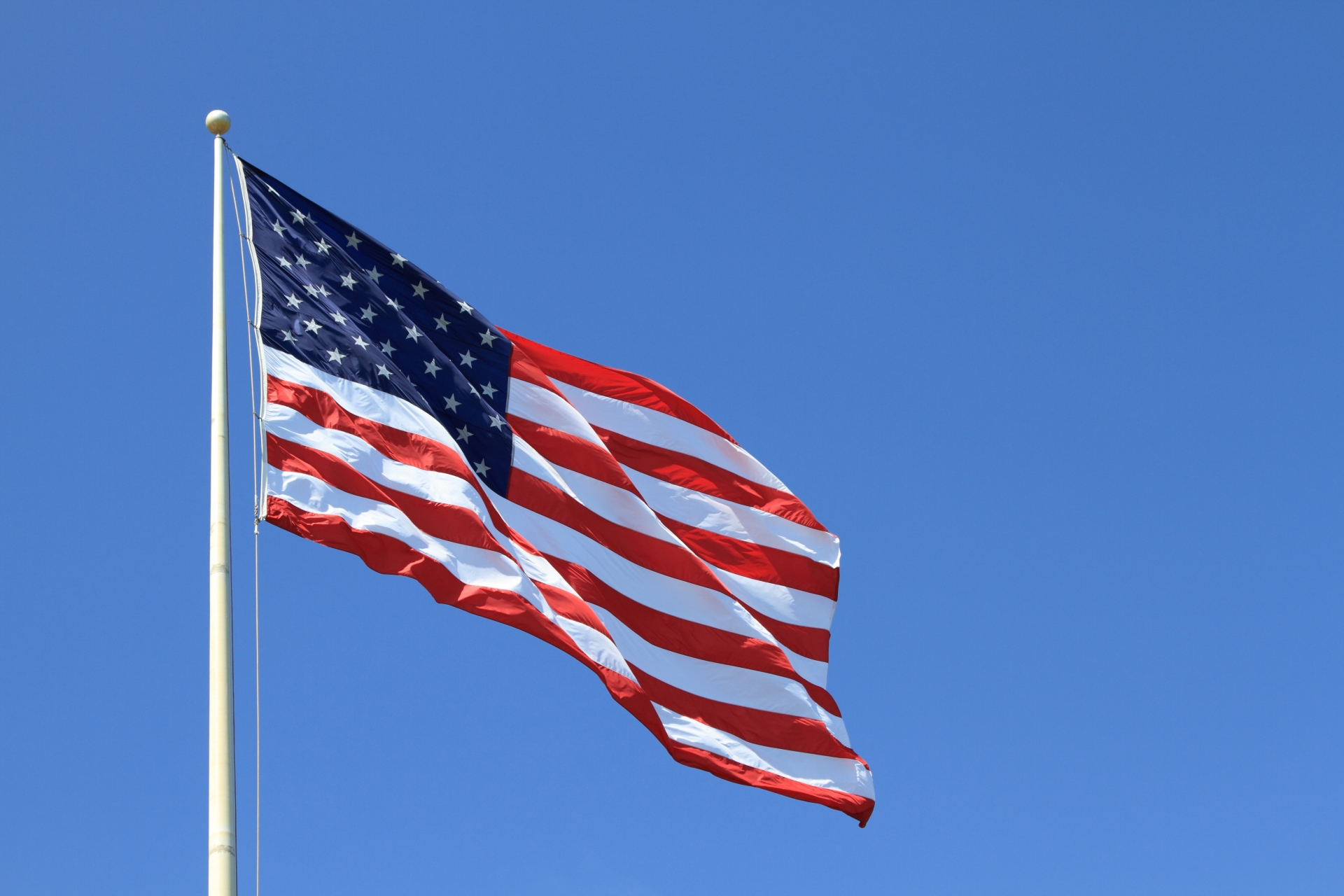North Carolina, located in the southeastern United States, stretches from the Atlantic coastline to the Appalachian Mountains. Summers are notably hot and humid, although the western mountainous regions offer relatively cooler areas. Below, we will explain in detail the causes of the heat, effective countermeasures, and recommended cool spots.
1. Causes of Heat in North Carolina
1-1. Humid Subtropical Climate
- Most of the state has a humid subtropical climate, with hot and humid summers.
- In July and August, the average high temperature is around 30°C (86°F), and many days have humidity exceeding 70%.
1-2. Moist Air from the Gulf of Mexico
- Warm, moist winds flow in from the southwest, raising the perceived temperature.
- Heat indexes close to 40°C (104°F) are not uncommon.
1-3. Influence of the Atlantic Coast
- Sea breezes prevent extreme heat waves along the coast, but high humidity makes it feel muggy.
- Inland areas have poorer air circulation, causing heat to build up more easily.
1-4. Urban Heat Island Effect
- In urban areas like Charlotte and Raleigh, heat retained by pavement and buildings makes nighttime cooling difficult.
2. Heat Countermeasures
2-1. Individual Level
- Avoid direct sunlight between 11 a.m. and 4 p.m.
- Drink water and electrolytes (sports drinks) frequently.
- Wear breathable clothing, hats, and use parasols.
- Schedule outdoor activities in the morning or evening.
2-2. Home and Buildings
- Use blackout curtains or blinds to reduce indoor temperature rise.
- Combine air conditioning with fans for efficient cooling.
- Ventilate at night during lower-humidity hours.
2-3. Community and Government
- Open public facilities as cooling centers during heat alerts.
- Check in on elderly people or those in poor health.
3. Cool Spots (Summer Retreats)
3-1. Western Appalachian Mountains
- Asheville and Boone sit at elevations of 800–1,000 m (2,600–3,300 ft), with summer highs around 25°C (77°F).
- Abundant forests make mornings and evenings pleasantly cool.
3-2. Great Smoky Mountains National Park
- Elevated viewpoints and trails can be 5–10°C cooler than lowland areas.
- Waterfalls and rivers offer natural cooling effects.
3-3. Blue Ridge Parkway
- Scenic high-elevation roads with viewpoints and rest areas where cool breezes blow.
- Perfect for a drive while enjoying cooler weather.
3-4. Coastal Beaches
- Coastal resorts like the Outer Banks tend to be slightly cooler than inland areas, though humidity remains high.
- Beach swimming and sea breezes help lower the perceived temperature.
4. Summary
| Item | Details |
|---|---|
| Causes of Heat | Humid subtropical climate, moist Gulf air, high coastal humidity, urban heat island effect |
| Heat Countermeasures | Avoid midday outings, stay hydrated, wear breathable clothing, use shading and AC, visit cooling centers |
| Cool Places | Western Appalachians (Asheville, Boone), Great Smoky Mountains, Blue Ridge Parkway, coastal resorts |



コメント